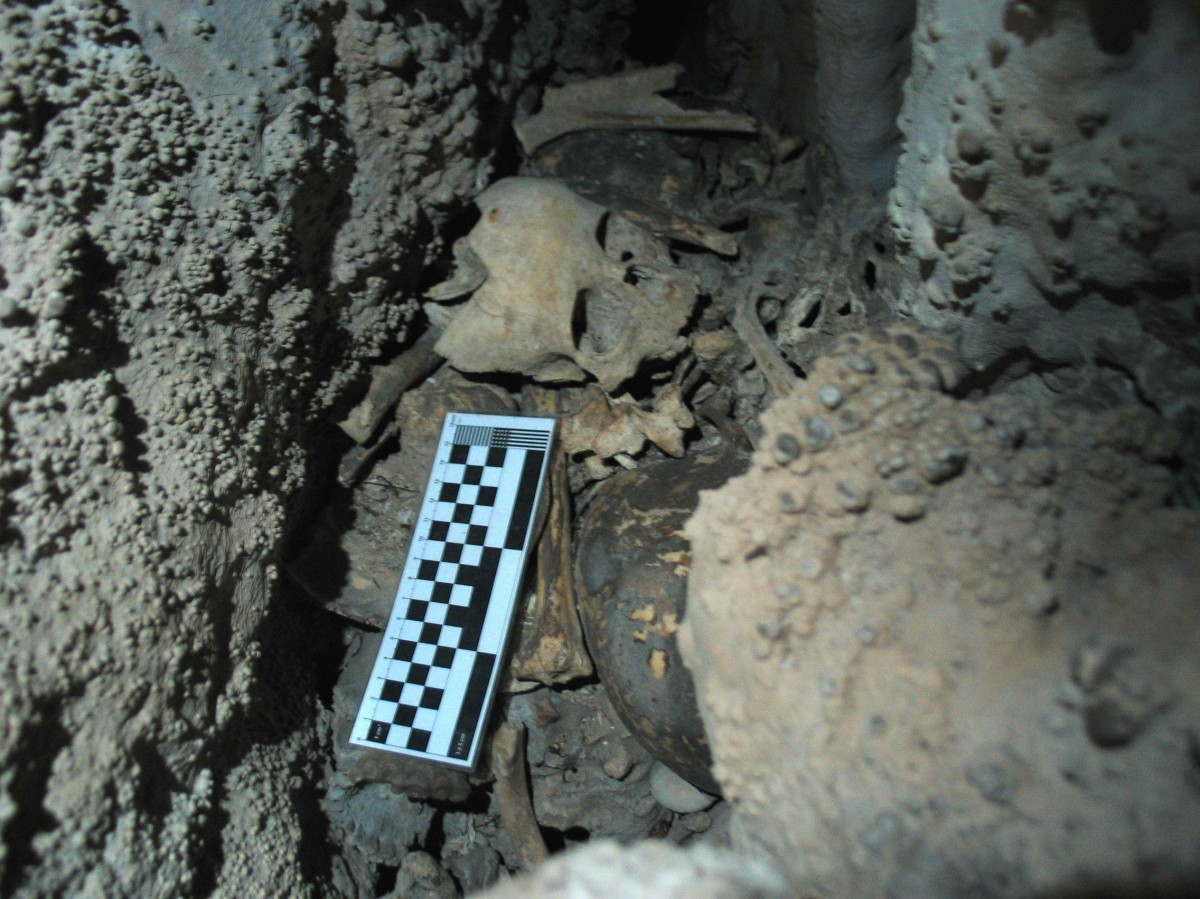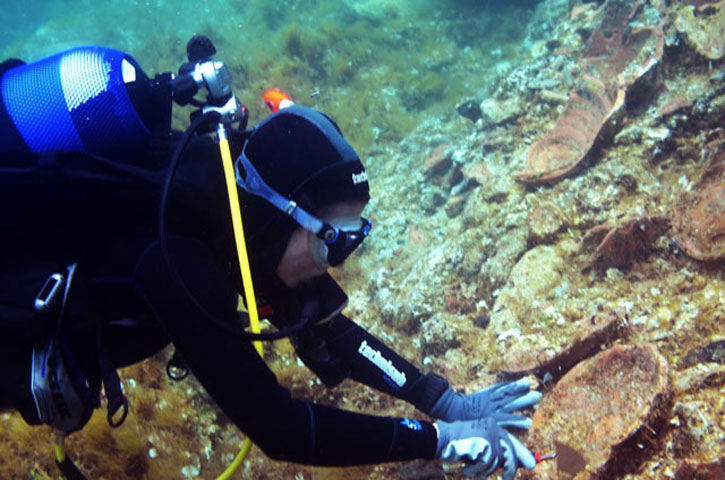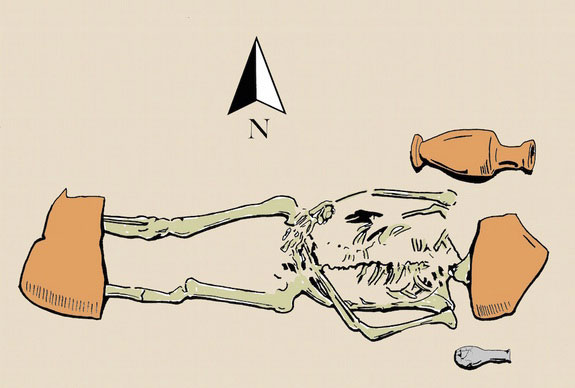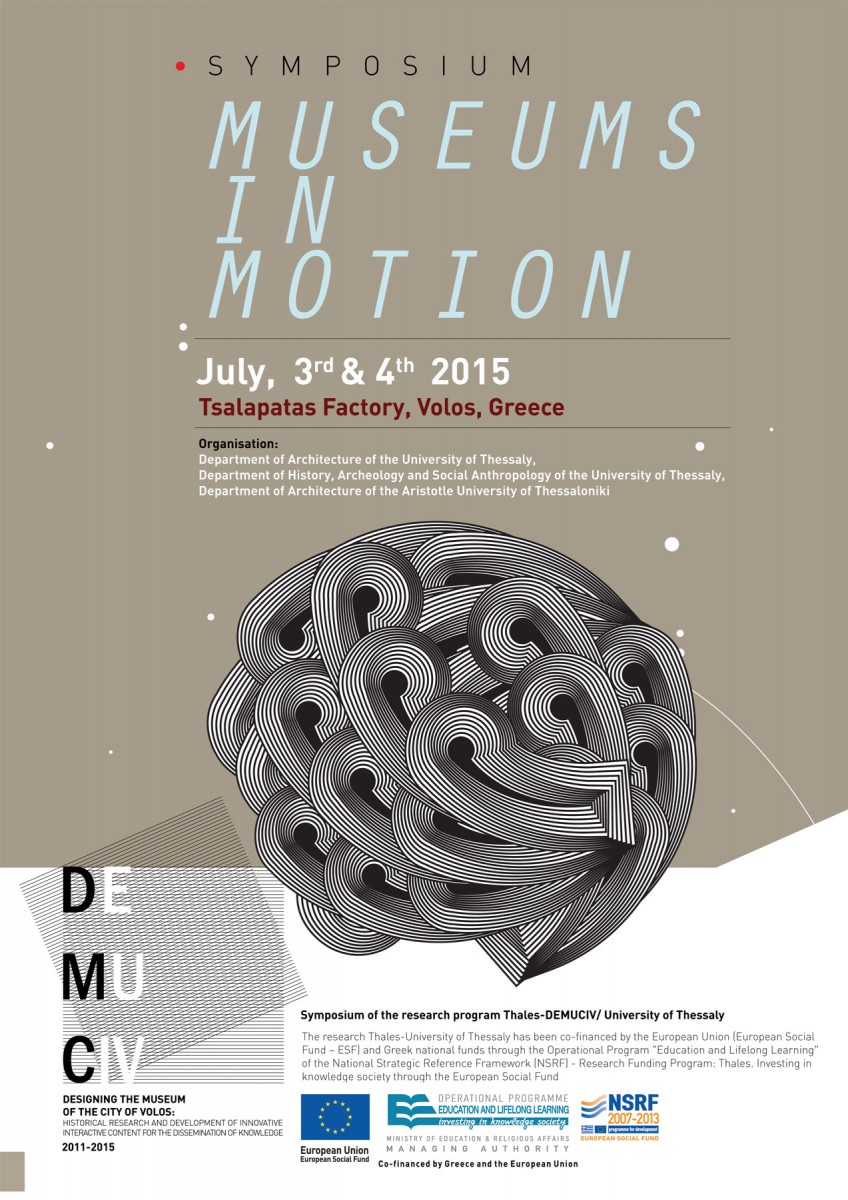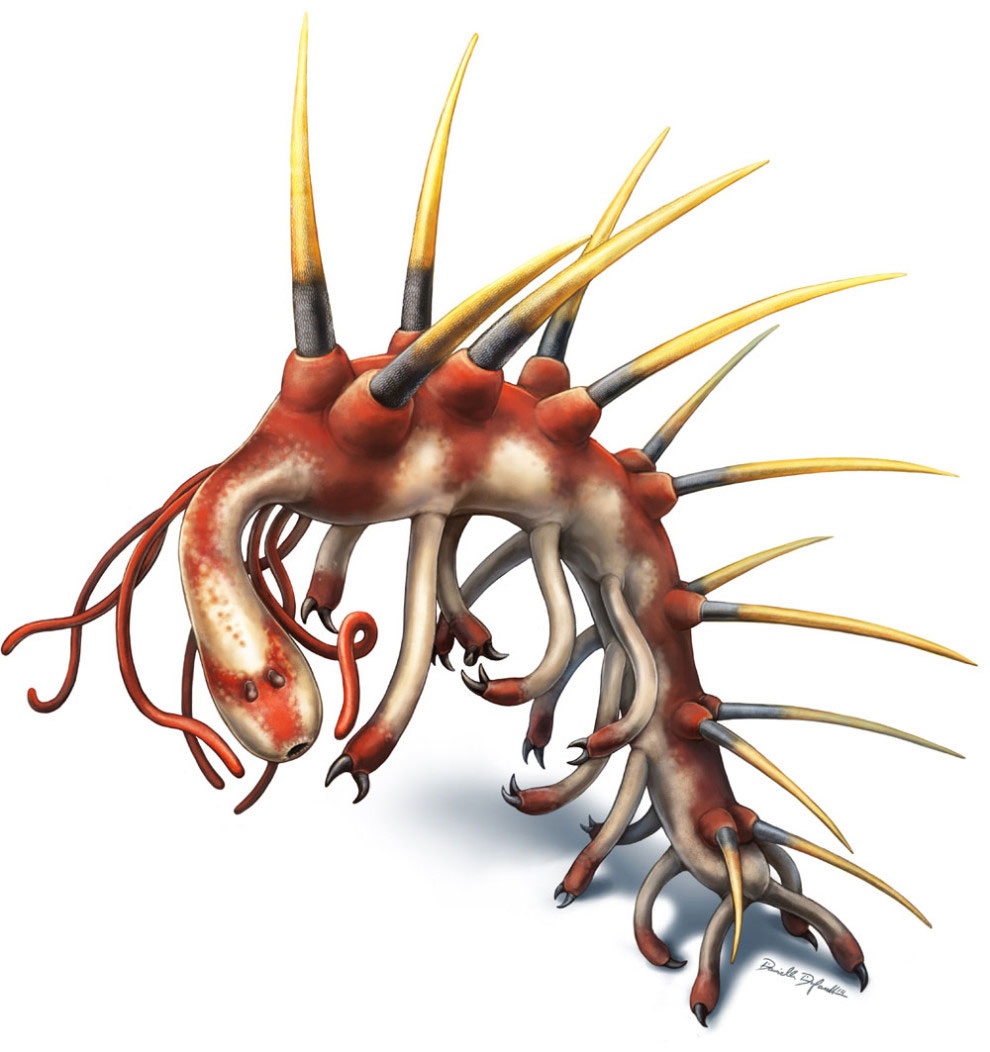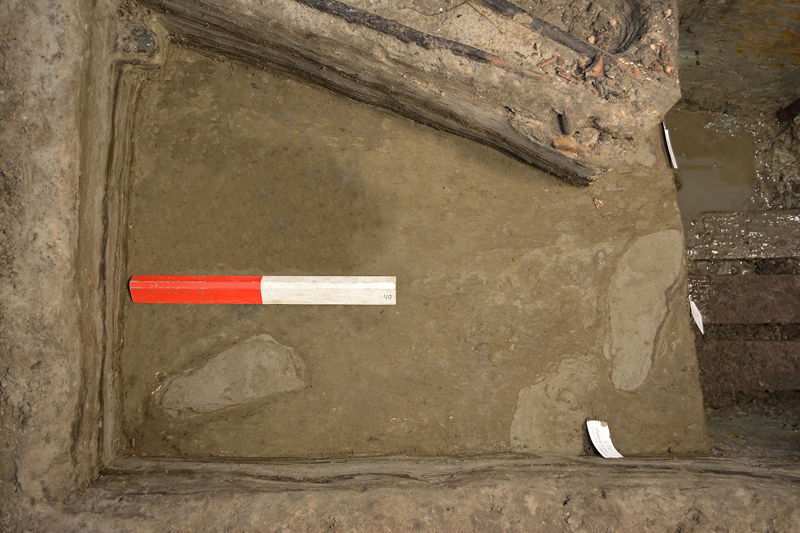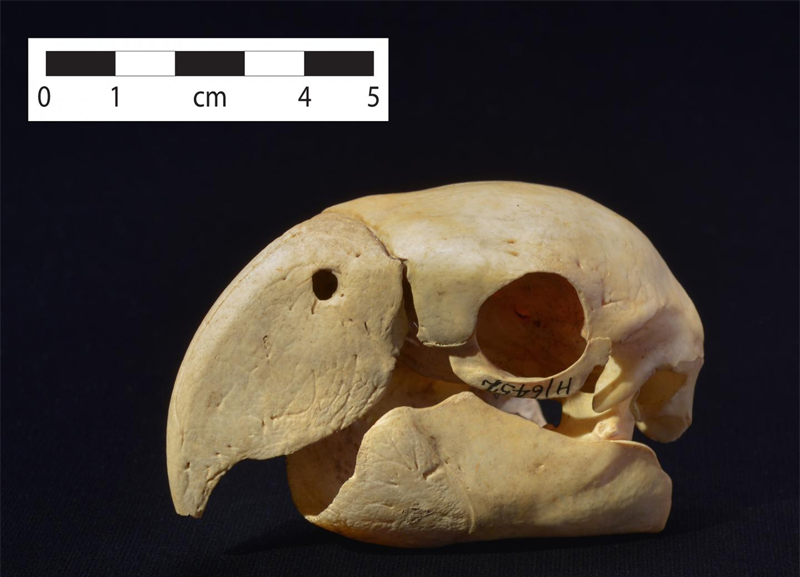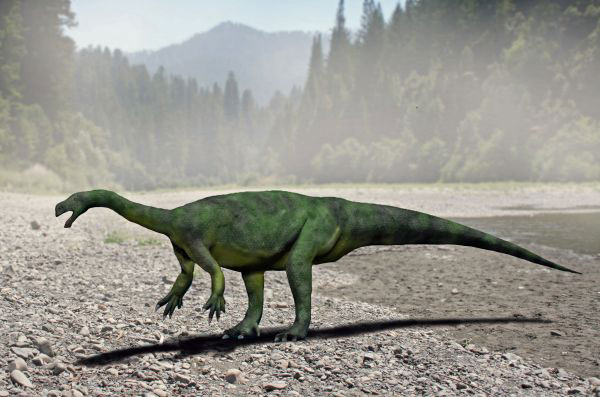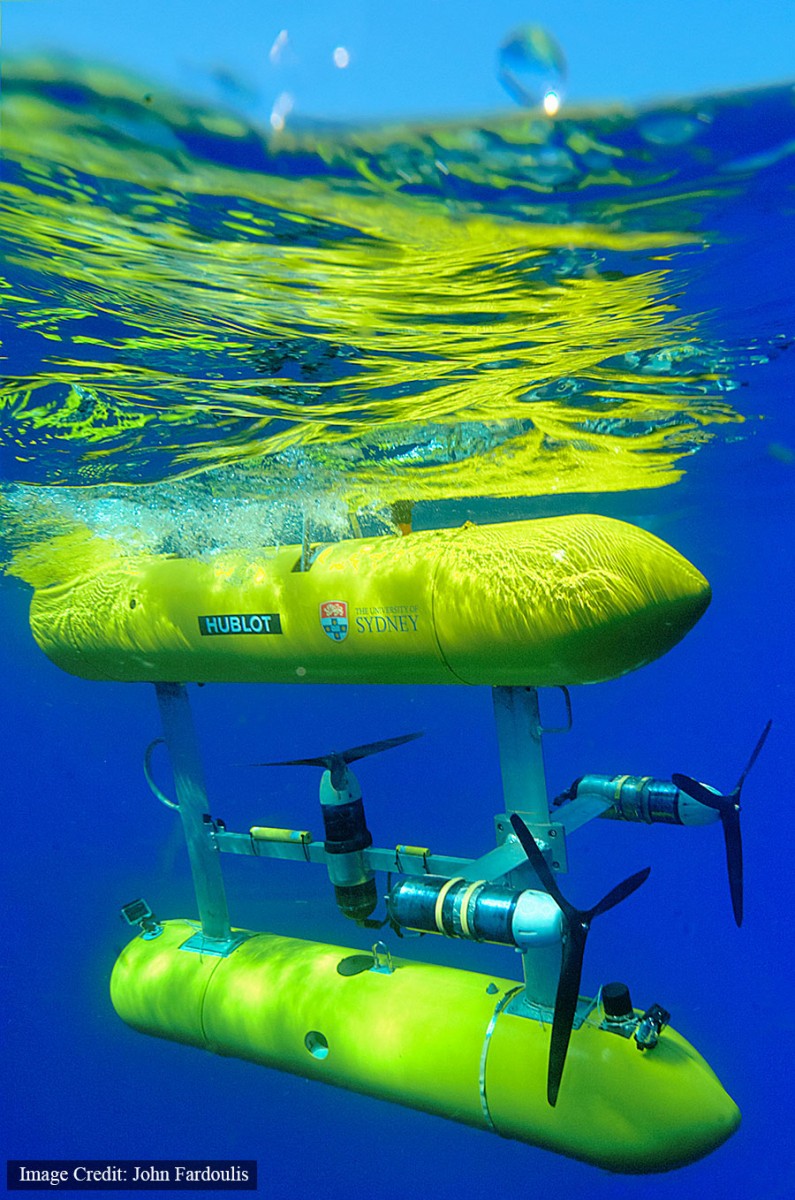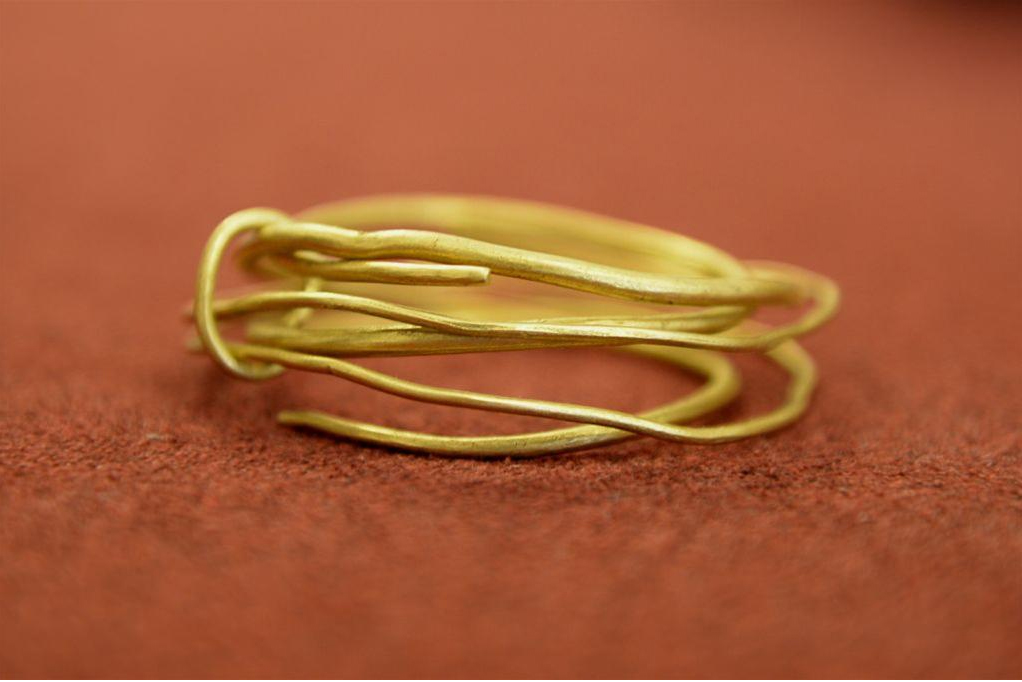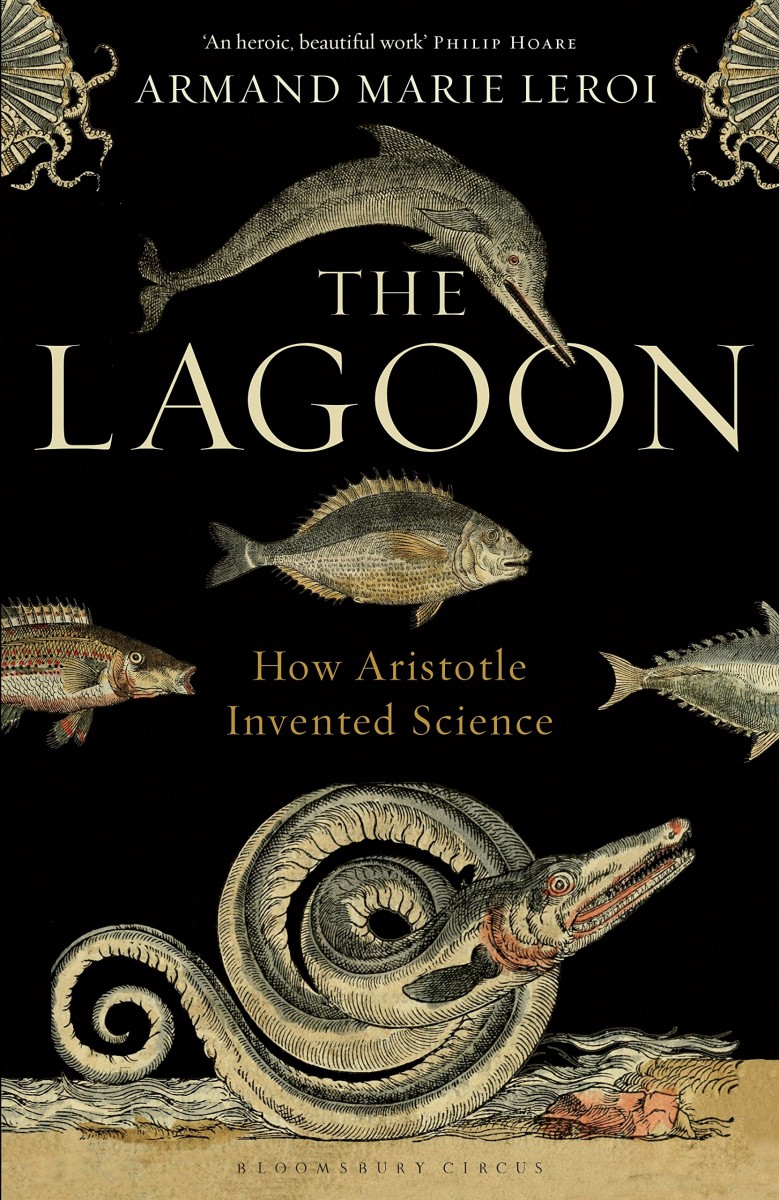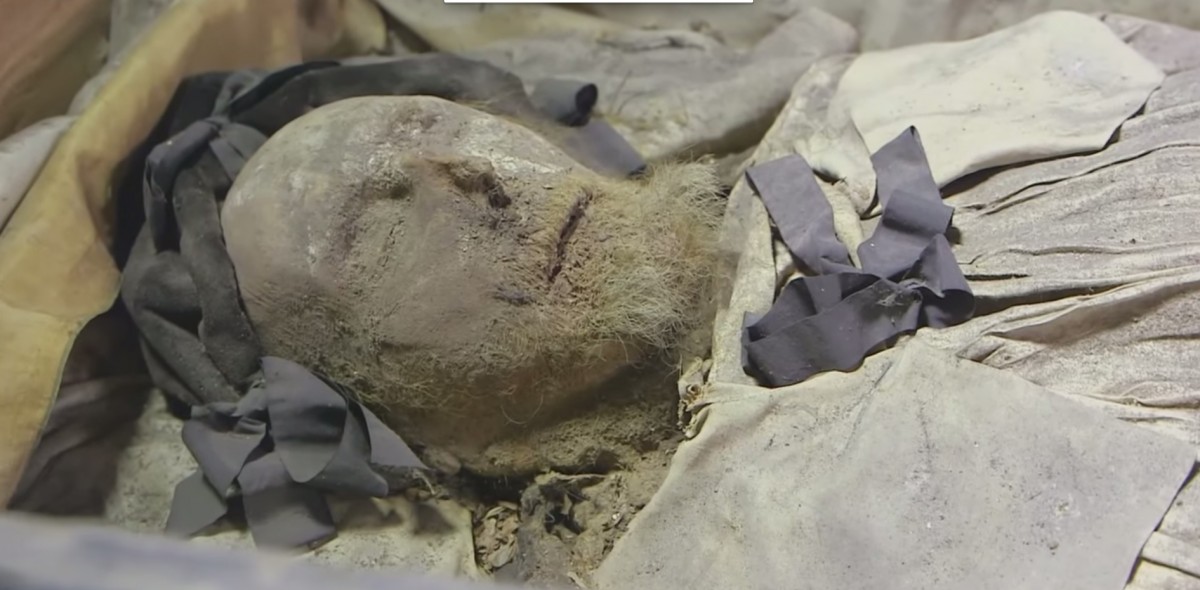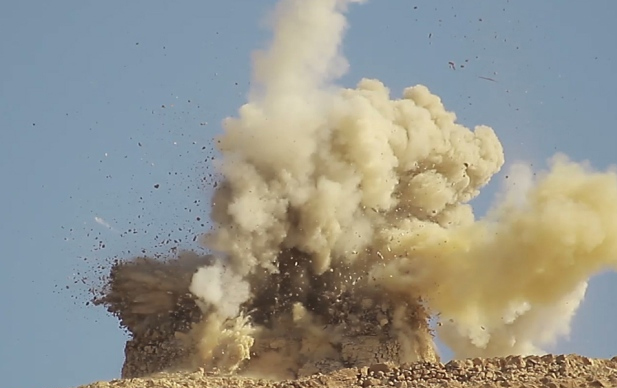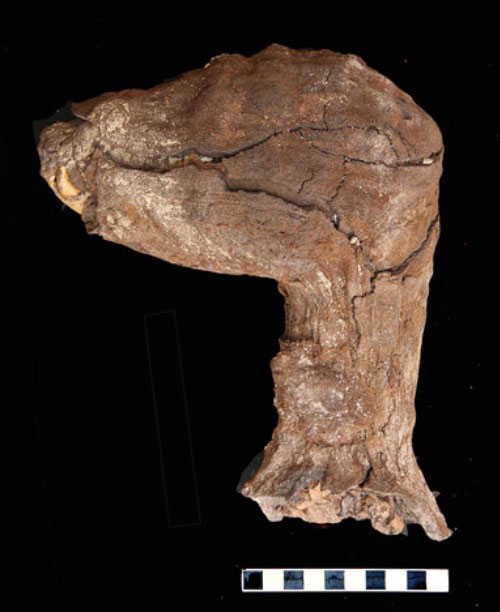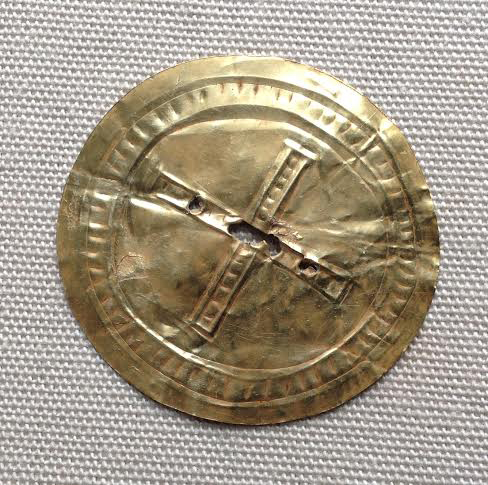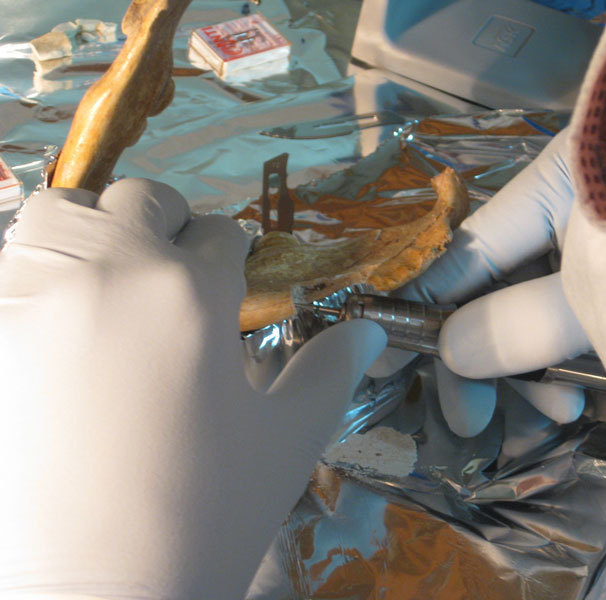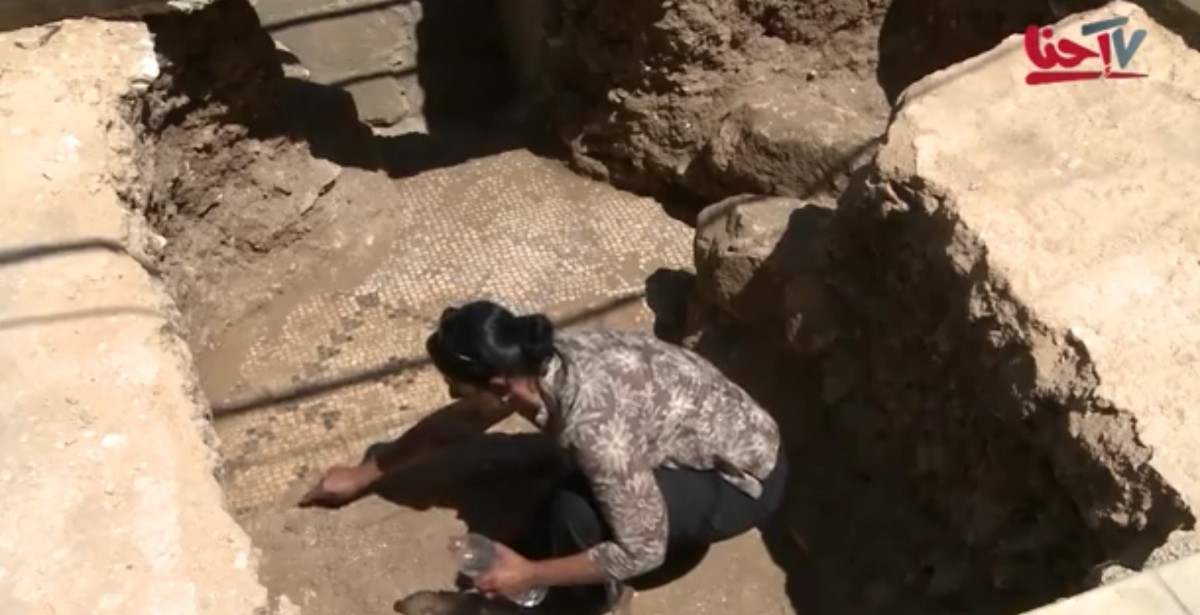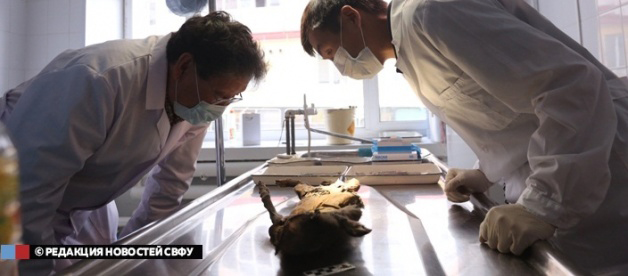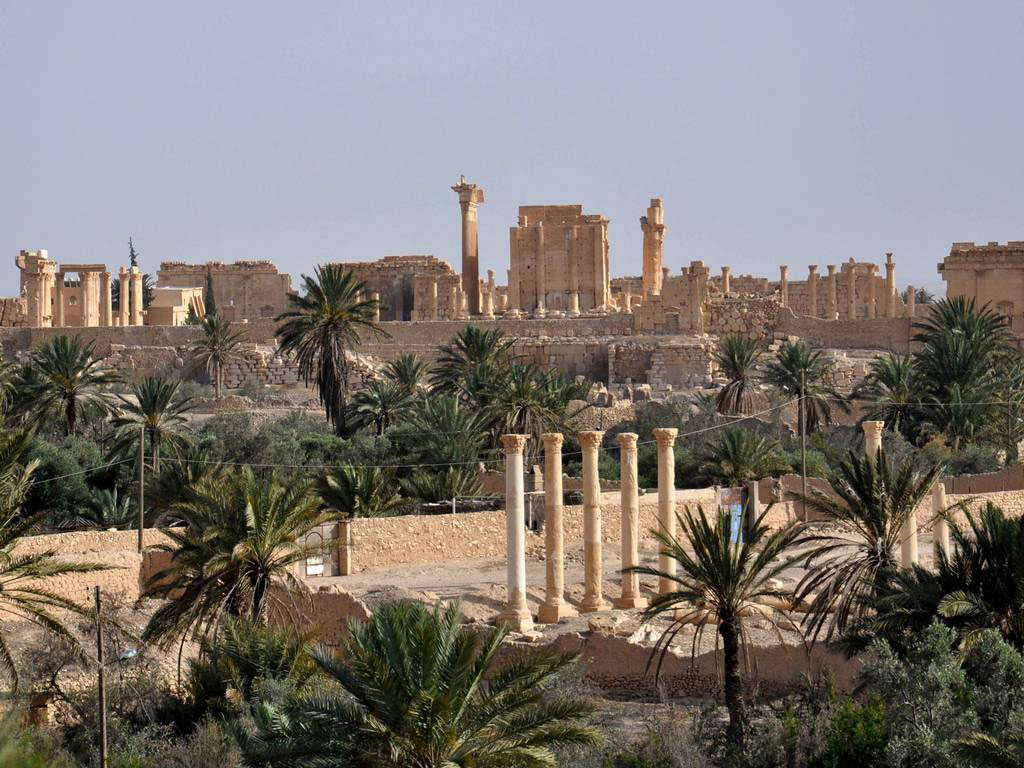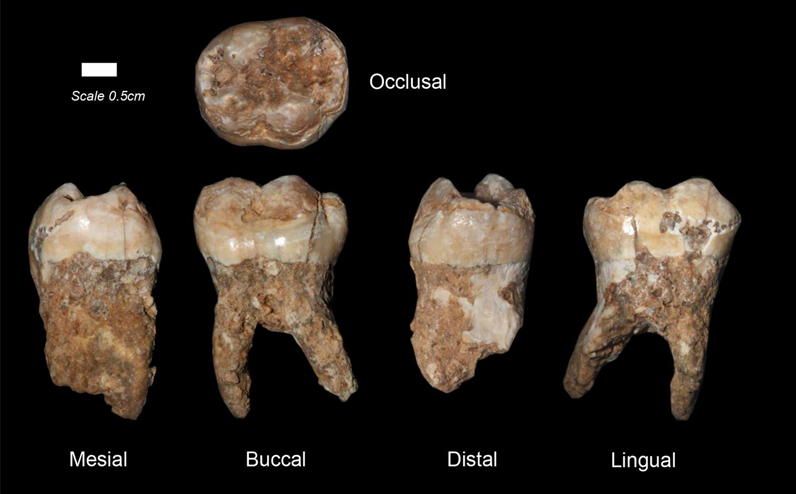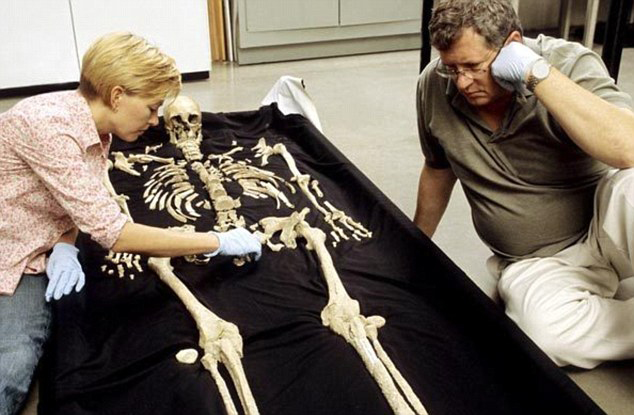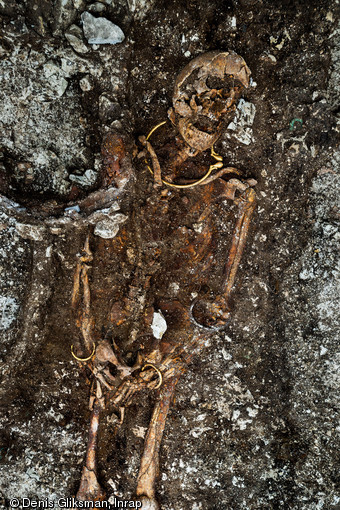Bronze Age man’s diet and the arrival of new crops in the Iberian Peninsula
Researchers from the universities of Granada, Santiago de Compostela and Reading (UK) have studied human skeletal remains from the Cova do Santo collective burial cave in northwestern Spain.
New finds in the waters north-east of Delos
New finds in the waters north-east of Delos clarify the use of sunken buildings.
Ancient Greeks believed the dead could rise from their graves
Two graves from Passo Marinaro, an ancient Greek necropolis in Sicily, with large amphora fragments and stones covering parts of the bodies, indicate ancient Greeks feared the dead could rise from their graves. “Necrophobia, or the fear of the dead,
Museums in Motion
“Museums in motion” is an international conference dedicated to exploring the emergent reconsideration of both the content and the role of city museums.
Fossil reveals tiny Cambrian sea creature mystery
A fossil from Canada has finally allowed baffled scientists to say with certainty which side the animal's head was.
Collaboration between the National Library and the Center for Hellenic Studies
The Center for Hellenic Studies (CHS) has donated to the National Library of Greece a complete series of its publications, the Hellenic Studies Series.
5,000-year-old human footprints discovered in Denmark
5,000 year-old footprints were discovered by archaeologists from the Museum Lolland-Faster in Denmark during the excavations for the future Fehrman Belt Fix link giving insight into people's daily lives.
Scarlet macaws point to early complexity at Chaco Canyon
Carbon 14 dating of scarlet macaw remains indicates that interaction between Pueblo Bonito in Chaco Canyon, N.M., and Mesoamerica began more than 100 years earlier than previously thought.
New Sesotho-named dinosaur from South Africa
South African and Argentinian palaeontologists have discovered a new 200 million year old dinosaur from South Africa, and named it Sefapanosaurus, from the Sesotho word "sefapano".
Traces of second wreck located at Antikythera
The shipwreck that carried the Antikythera Mechanism might have been accompanied by a second ship, as signs from the ongoing research indicate.
Farmer finds 2,500-year-old gold bracelets
Gold items preliminarily dated to 1600-400 BC have been discovered by a farmer near Jasło in the Subcarpathia. The antique objects have been taken to the Sub-Carpathian Museum in Krosno.
Runciman Award to Leroi’s “The Lagoon”
Armand M. Leroi’s The Lagoon: How Aristotle Invented Science (Bloomsbury Publishing) is this year’s winner of the Runciman Award for books published in 2014.
Mummified bishop: A unique time capsule from the 17th century
The mummified remains of Peder Winstrup are one of the best-preserved human bodies from the 1600s. Preliminary investigations reveal a sensational find: the internal organs are still in place.
Isis blows up Palmyra shrines in Syria
ISIS militants have blown up two ancient tombs they consider sacrilegious in Palmyra, a 2,000-year-old UNESCO World Heritage site in central Syria.
New survey at dog catacomb in Egypt
Researchers have conducted a new survey at the dog catacomb near the temple of Anubis at Saqqara, with significant new finds.
Gold sun disc from the time of Stonehenge revealed to the public
An early Bronze Age sun-disc from Monkton Farleigh in Wiltshire has gone on display for the first time.
An early European had a close Neandertal ancestor
Genetic analysis of a 40,000-year-old jawbone from Romania reveals that early modern humans interbred with Neandertals when they first came to Europe.
Early Christian mosaic floor revealed in Nazareth
A mosaic floor that appears to be from one of the earliest churches in the history of Christianity was uncovered recently in Nazareth, Israel, at the Church of the Annunciation (Greek Orthodox).
12,000-year-old dog preserved in Siberian ice
The remains of a three-month-old female dog thought to have died during a landslide near the Syallakh River some 12,450 years ago have been autopsied by researchers of the North-Eastern Federal University in Yakutsk (Russia).
IS lay mines around Palmyra ruins
IS militants have planted mines and bombs in the Palmyra site on Saturday. The Syrian Observatory for Human Rights stated that it is not quite clear if the explosives were planted to destroy the site or to deter opposing forces from advancing.
Ancient dental plaque reveals insights in Middle Pleistocene daily life
A new research provides direct evidence of what early Palaeolithic people ate and the quality of the air they breathed inside Qesem Cave.
Kennewick Man: Solving a scientific controversy
An 8,500-year-old skeleton has been the focus of a bitter dispute between Native Americans and American scientists - new study based on his genome sequence shows that KM is more closely related to modern Native Americans, than to any other population.
Laid to rest with a gold torque
INRAP archaeologists excavating the aristocratic tomb of Lavau dated it to the beginning of the 5th century BC. The tomb contains exceptional grave goods.
Bulgarian officials stop trafficking of hoard at Sofia airport
A hoard of 82 coins has been found in Bulgaria just as it was about to be smuggled out of the country. The coins had been hidden inside three routers, taped to their circuit boards, which were to be sent to the United States via courier.
